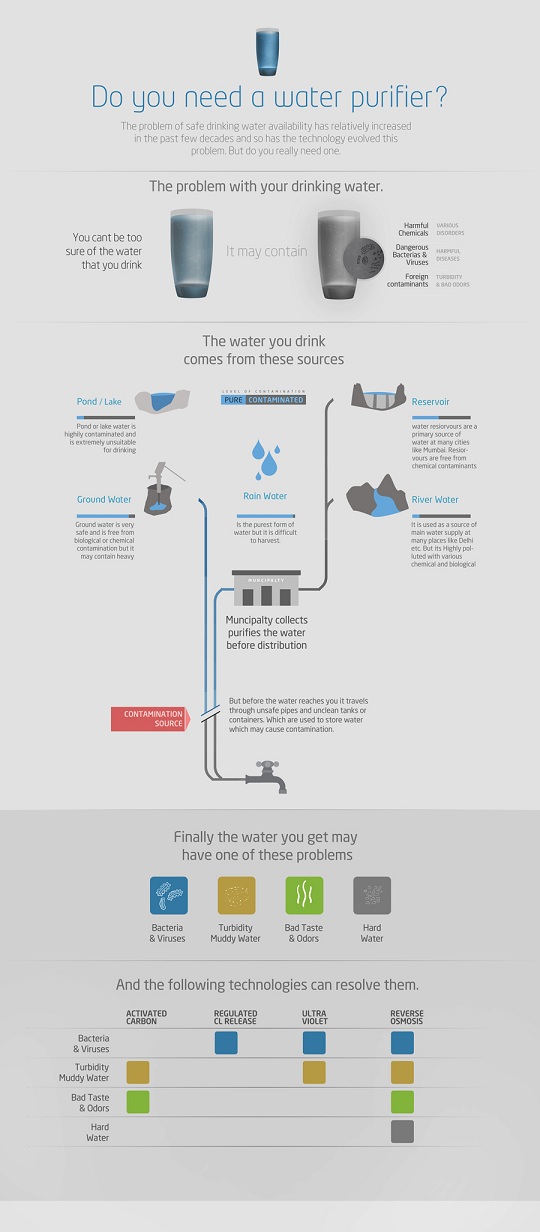Pure, clean and safe drinking water isn’t available easily these days. Growing population, industrial development and environmental degradation are all causes for this. Given this situation, it becomes even more important for us to be aware of purification techniques and the available water purifiers in the market to ensure that our drinking water is of good quality.
A lot of minerals are found naturally in water and are important for the human body but consuming an excess amount of it can cause many diseases. A good water purifier removes the excess salts, suspended particles and microbes, and retains its essential vitamins and minerals. With so many manufacturers in the water purification industry these days, it is difficult to know which is good, which isn’t and which meets necessary standards.
Both water filters and water purifiers work on the same mechanical principle. They first suck up raw water which is contaminated, filter out impurities ranging from sediments to micro-organisms and then dispense clean water. However there is one big difference between the two – a purifier can remove viruses and bacteria that filters cannot remove. Some purifiers use chemicals and others use an electro-static charge to kill or capture viruses.
Evolution of purification techniques
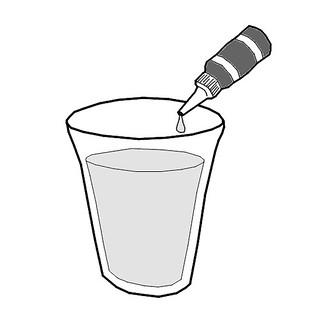
One of the earliest methods of water purification was to add chlorine in water. Chlorine releases hydrochloric acid, which reacts with the microorganisms and kills them. However due to its negative effect on health as well as its ineffectiveness to kill certain types of protozoa, this technique lost popularity paving the way for other purifying techniques.
All water purifiers have a water filter. There are six different types that are available:
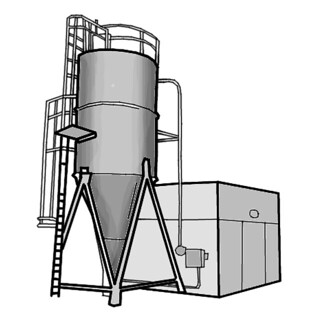
Active Carbon filter: This kind of filter is used to purify soluble gases such as chlorine, carbon monoxide, nitrogen, ammonia and organic material like dead algae, leaves or any other dead thing washed into a water body. The porous nature of the carbon (charcoal) helps to absorb chlorine and pollutants such as pesticides. Generally, household carbon filters come with a lining of activated silver that kills bacteria. (To read about technology that uses indigenous coal to make activated carbon click here)
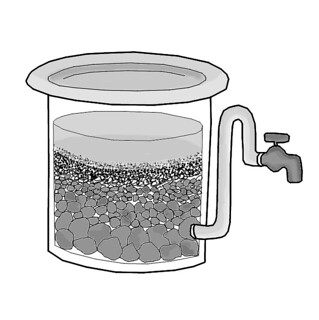 Biosand filter: It is a concrete or plastic box that is filled with layers of sand and gravel, which removes pathogens (micro-organisms in water that make us sick) and suspended solids from contaminated water. Water (it should be free from dangerous chemicals since the filter cannot remove most of the chemicals) is poured into the top of the filter and collected in a safe storage container. The organisms which cause infectious. Bacteria and other micro organisms grow in the top 2cm of sand, which is called the biolayer. The micro-organisms at the biolayer eat away the pathogens in the water thereby improving the water quality. It removes suspended particles and pathogens and can filter 12-18 litres each batch.
Biosand filter: It is a concrete or plastic box that is filled with layers of sand and gravel, which removes pathogens (micro-organisms in water that make us sick) and suspended solids from contaminated water. Water (it should be free from dangerous chemicals since the filter cannot remove most of the chemicals) is poured into the top of the filter and collected in a safe storage container. The organisms which cause infectious. Bacteria and other micro organisms grow in the top 2cm of sand, which is called the biolayer. The micro-organisms at the biolayer eat away the pathogens in the water thereby improving the water quality. It removes suspended particles and pathogens and can filter 12-18 litres each batch.

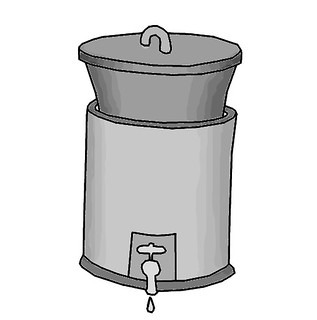
What to look for when buying a residential water filter
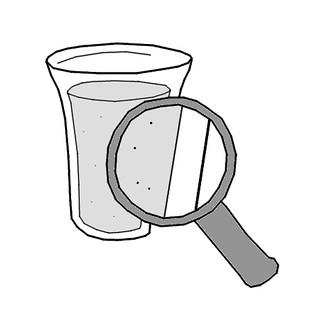
Step 1: Know your water’s chemistry, i.e., find out the level of contamination in water. For this get a laboratory water analysis done on your drinking water. This will include a general water test, which comprises finding out total coliform bacteria, nitrate/nitrites, pH, Total Dissolved Solids (TDS), fluoride, organic carbon contaminants (pesticides, industrial pollution etc.). A mechanic in your area who repairs water purifiers can be a good source of primary information that you look for. This will help you decide whether you want a filter that weeds out dissolved minerals in the water or a purifier that kills the bacteria or a machine that does both. (To read about Indian Standard for Drinking Water as per BIS specifications click here)
Step 2: Decide whether you want a water purifier for the entire water system of the house or just for the drinking water tap.
Step 3: Shortlist from the numerous brands available in the market. Understand the product’s standard. Acclaimed institutions such as National Sanitation Foundation (NSF), Water Quality Association (WQA), Food and Drug Administration (FDA), etc., give accreditation to water purifiers- this is a safety mark for consumers. The India task force of WQA- Water Quality Association has a list of Indian brands with accreditation (check this link: http://www.wqa.org/sitelogic.cfm?id=1003). (To read on the quality issues of water purifiers click here.
Step 4: The best quality filters and membranes are expensive. An online search will help you compare the features and prices of the available purifiers in the market. It’s important to consider the machine's maintenance cost before you finalise. (To read about comparison of Purelt and Swach water purifier brands click here).
Step 5: Finally, when you step inside a shop to buy the product, you can ask the questions below along with others already discussed:
- Is the product accredited by a renowned institution such as NSF, WQA and FDA?
- How often the sediment filter/membrane needs to be cleaned or changed?
- What is the warranty on the parts of the machine and how many free services does the company offer?
- If it is a RO purifier, what is the filtering speed? (It is advisable to buy a high speed filter that ensures good flow of water).
Which one to buy?
There are more than ten brands of water purifiers in the market- Tata Swach, Eureka Forbes, Kent, Pureit, etc. Each of these product differs in cost, type of filter they use and the method of purification. Most water purifiers today combine two/three techniques (discussed under the topic- ‘what is the use’ in this note) together. For instance, Eureka Forbes’ Acquaguard Protect Plus combines advantages of a RO purifier and UV sterilisation. Hindustan Unilever’s Pureit Marvella UV provides the benefit of UV sterilisation as well as offers filtration through an activated carbon filter. Advanced model of water purifiers that offer a combination of technologies will cost anywhere between Rs 8000 and Rs 15000. To read more about different purifiers alongwith the review given by consumers, click here.
Water purifiers have become an essential part of every kitchen now and manufacturers of these products are competing to garner market share. The advantage for a consumer here is that she/he can expect good discounts in these products, especially, when buying during a festive season.





